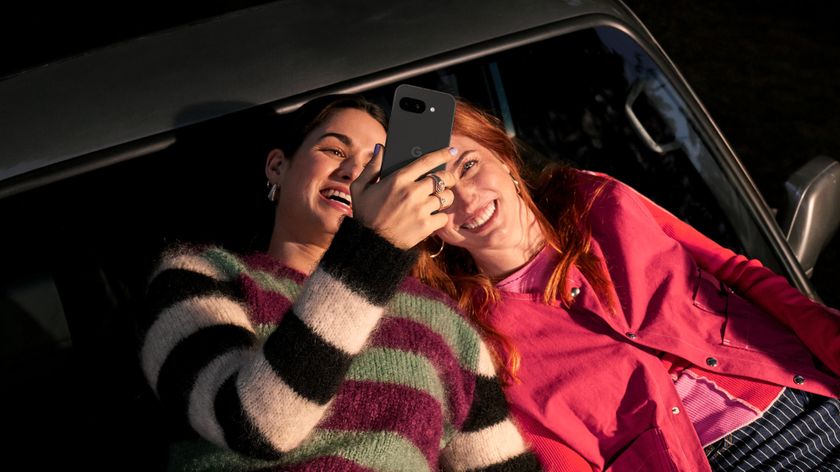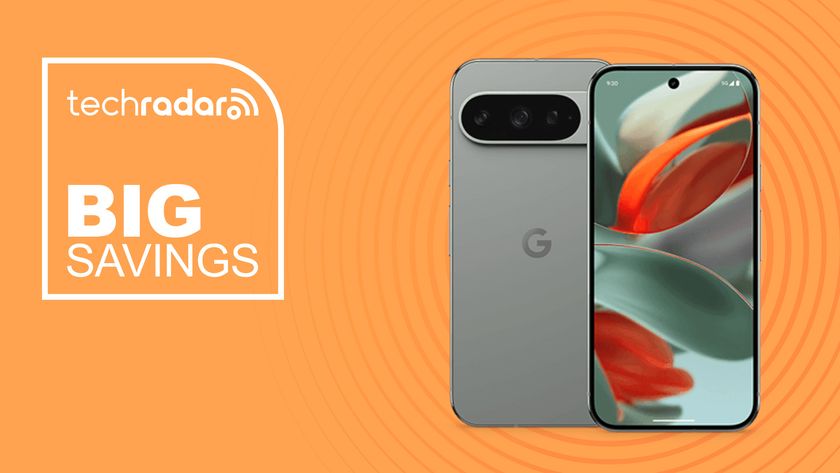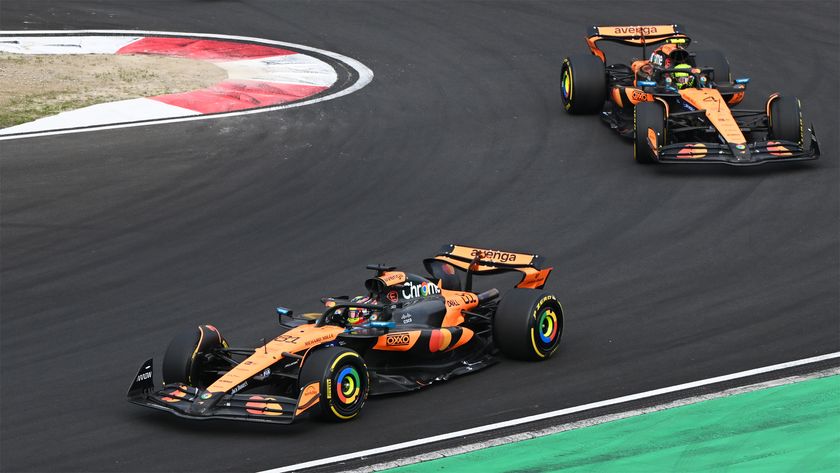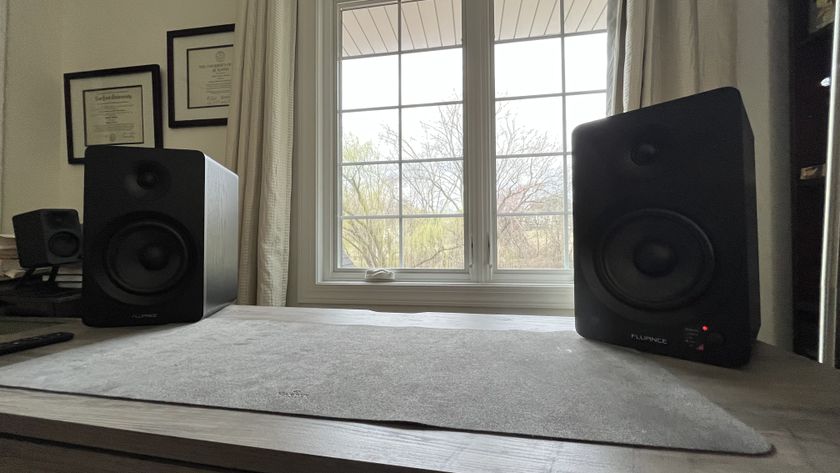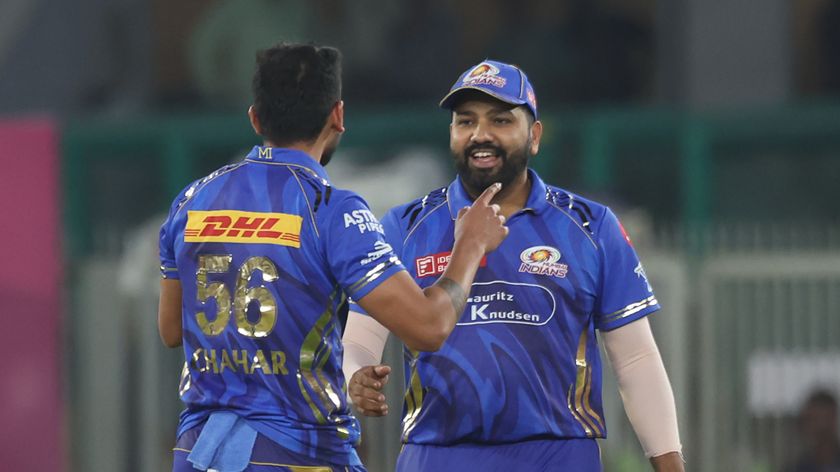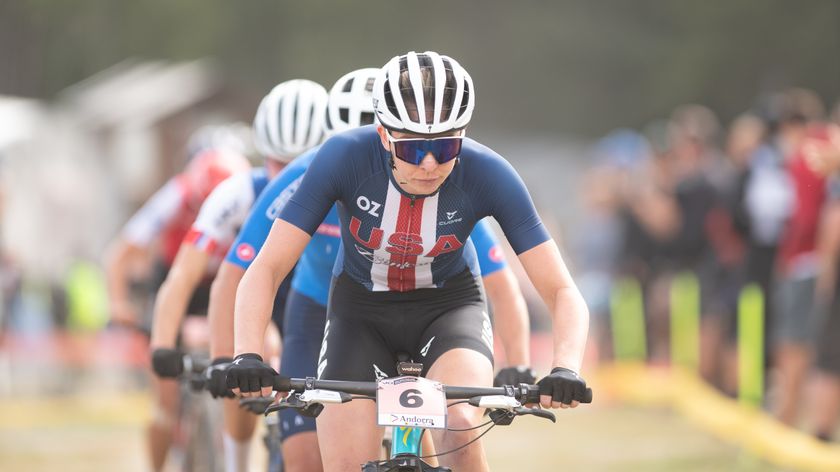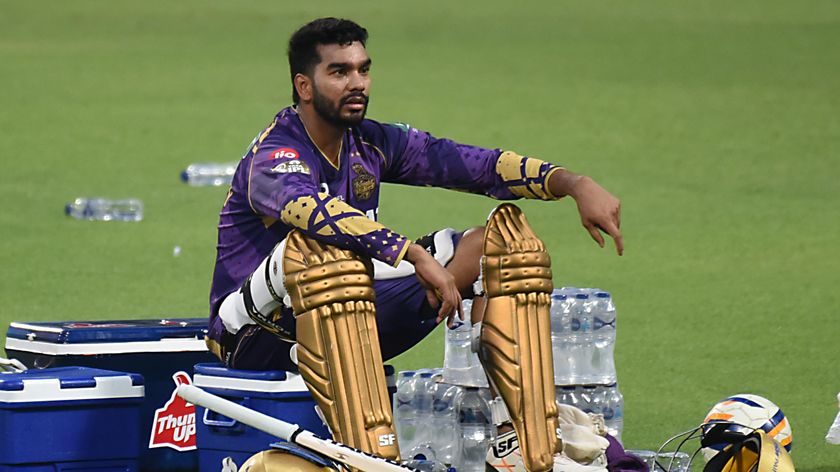What is pixel binning and how can it help my smartphone photography?
Pixel binning made simple
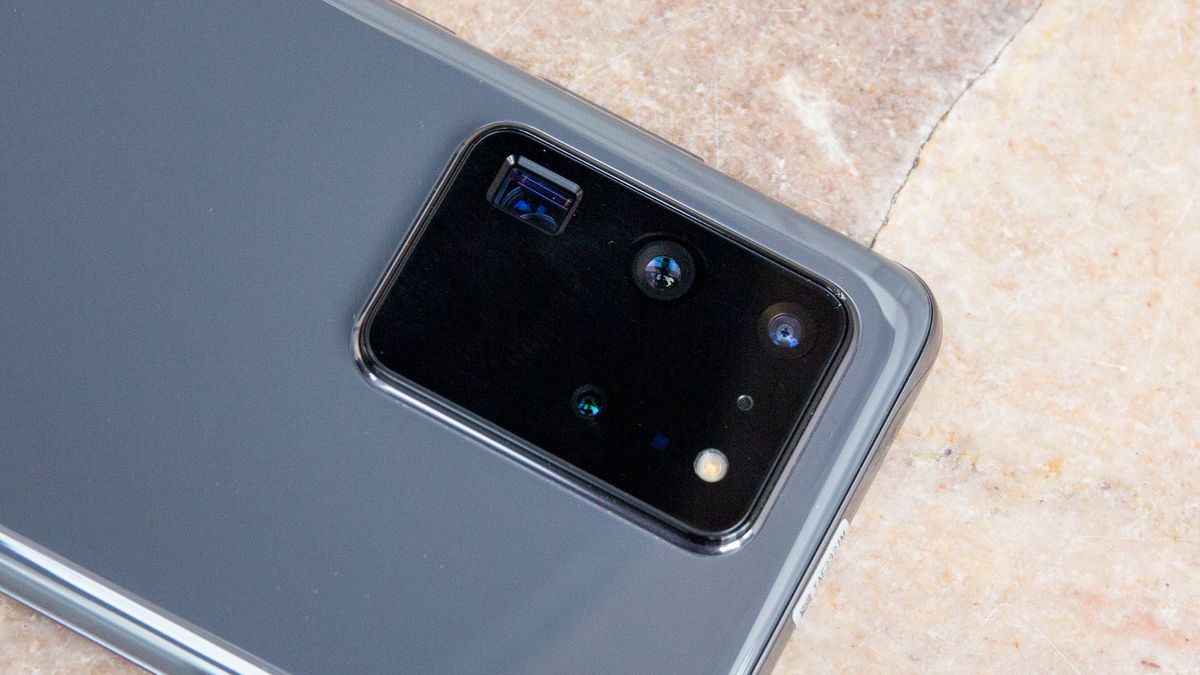
Although far from a new technology, you might have heard the term 'pixel binning' popping up with increasing frequency in relation to a number of recently-announced smartphones - like the Samsung Galaxy S21 Ultra - and wondered what it means. You might be especially concerned by what it means for the quality of your smartphone images.
First, we probably need a quick reminder of exactly what a pixel is in the first place. Put simply, the pixel, which is short for 'picture element', is the smallest unit of a digital image, often seen as the little dots that are visible when you look closely at a screen.
The word 'pixel' is also often used to describe the individual light-capturing cavities found on camera sensors, although these are technically called 'photosites'. However, for the sake of simplicity in this 'pixel binning' explainer, we'll use 'pixel' to describe these too.
The larger a sensor's pixels (or photosites), the greater their light-gathering ability. But you also need a lot of pixels if you want to render detail finely. It’s also worth saying that not all pixels are created equally – the size of a photosite is called its 'pixel pitch', and this is measured in microns. The larger the number, the bigger it is.
Smartphone camera pixels tend to vary between quite small (0.8 microns) to fairly large (1.8 microns). But they still pale in comparison to those found on a mirrorless camera or DSLR. Pixels found in full-frame camera sensors can be as large as 8.4 microns, which is why they’re generally much better for low-light shooting than a smartphone can muster – particularly when you examine an image closely.
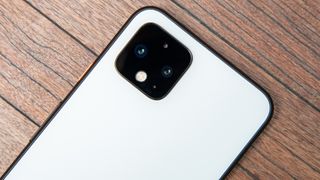
The problem that smartphones have is that the physical size of their sensor is necessarily small, as it needs to be housed in a relatively small device. Over the years, sensor sizes inside smartphones have increased somewhat, but you’re never going to cram a DSLR-sized sensor into a slim smartphone.
That means that you’ve got the problem of trying to cram lots of pixels into a small area. Small pixels are bad news for low light shooting, but, equally, reducing the number of pixels means that you won’t get those lovely sharp images when the light is good. There are a number of ways to get around it from a hardware standpoint, but they all have trade-offs.
Get daily insight, inspiration and deals in your inbox
Sign up for breaking news, reviews, opinion, top tech deals, and more.
You could reduce the number of pixels on the sensor, to ensure each pixel is as large as possible. But then you’ll end up with fairly low-resolution images. You could increase the number of pixels, but also increase the size of the sensor. That's not physically possible without making smartphones even bigger or wider.
Although some of today’s smartphones are pretty massive, if they start getting thicker as well, it seems unlikely they’ll be all that popular. Finally, you could use a large number of pixels on a small sensor, with the hope that most users will mainly be shooting in good light.
Alternatively, a compromise that tries to get the best of all worlds is a process known as pixel binning. But how does it work?
What is pixel binning?
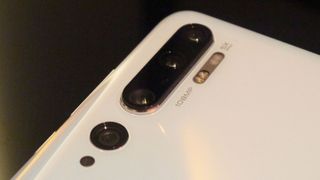
If you Google the subject, you’ll find many and varied (and overly complicated) descriptions of exactly how pixel binning works, as well as many discussions about the benefits or otherwise of it.
A simple or straightforward explanation is that data from at least four pixels get combined into one. This has the effect of creating 'super pixels' which are better able to collect and process the light in the scene. The downside is that your effective resolution gets quartered when the shot is output – so if you had a 12MP sensor using pixel binning, you’d be left with a 3MP shot.
That’s why we’ve seen several high resolution sensors entering the market of late – a 108MP sensor that uses pixel binning to combine nine pixels into one, as on the Samsung Galaxy S21 Ultra, will give you a much more usable 12MP final shot.
The number of pixels that are combined can vary depending on the implementation of the tech, but generally the higher the megapixel count of the sensor, the more individual pixels will be combined during pixel binning.
In some cases a phone will allow you to choose between different settings for this - or it will decide for you based on the environment. For example, Samsung has announced a 200MP sensor with what it calls ChameleonCell. This tech allows for either four pixels to be combined for 50MP shots (at a 1.28-micron pixel size), or for 16 pixels to be combined for a 12.5MP shot at a 2.56-micron pixel size. Or you can use the full 200 megapixels, so you've got a lot of versatility.
You might be thinking – and nobody would blame you – why bother pixel binning 108 or 200 megapixels, why not use larger pixels for a 12MP sensor, if larger pixels are better? Well, there are two answers here. The first is essentially down to marketing and getting you to buy the phone in the first place. Human nature dictates that you’ll be inclined to be more impressed by a 108MP sensor than a 12MP one – even if the results are shown to be better from the smaller resolution.
But there is also something to be said for giving you the option to shoot at 108MP and take advantage of all that extra detail when brighter light permits – after all, it’s probably true that many of us take a lot of pictures in outdoor scenarios (such as while on holiday).
Is pixel binning the only solution?
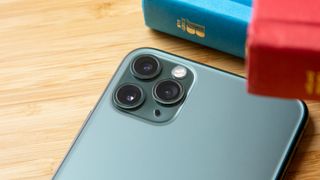
Pixel binning is not used by every manufacturer. For example, Apple and Google use relatively 'modest' 12MP sensors in their devices (though that might change with the Pixel 6), tending to rely on computational photography to boost low light performance.
Having a huge amount of detail is also arguably completely unnecessary if the only place you’re ever going to look at your images is on your phone screen.
There are also ways around the low light problem, that come from how you use your smartphone camera and its software, as opposed to the hardware solution that pixel binning provides. Several phones have included 'Night modes', which shoot a series of short exposures and combines them together to give the appearance of letting more light in. You could also use actual long exposures, so long as you had a tripod or steady surface to hand.
So what’s the conclusion here – is pixel binning only a marketing gimmick designed to make us invest in shiny new phones that promise to boost our photography?
Unfortunately as is so often the case with these things, the answer is a bit of both. Pixel binning is a good solution if you want to offer the best detail in good lighting conditions, while also being able to produce high-quality low light shots. It’s a good compromise that allows your smartphone to take advantage of the various shooting situations you might find yourself in.
That said, don’t automatically be put off by smartphones with lower-resolution sensors – as they can also produce excellent imagery using different methods, such as via artificial intelligence or software tweaks.
Amy has been writing about cameras, photography and associated tech since 2009. Amy was once part of the photography testing team for Future Publishing working across TechRadar, Digital Camera, PhotoPlus, N Photo and Photography Week. For her photography, she has won awards and has been exhibited. She often partakes in unusual projects - including one intense year where she used a different camera every single day. Amy is currently the Features Editor at Amateur Photographer magazine, and in her increasingly little spare time works across a number of high-profile publications including Wired, Stuff, Digital Camera World, Expert Reviews, and just a little off-tangent, PetsRadar.

